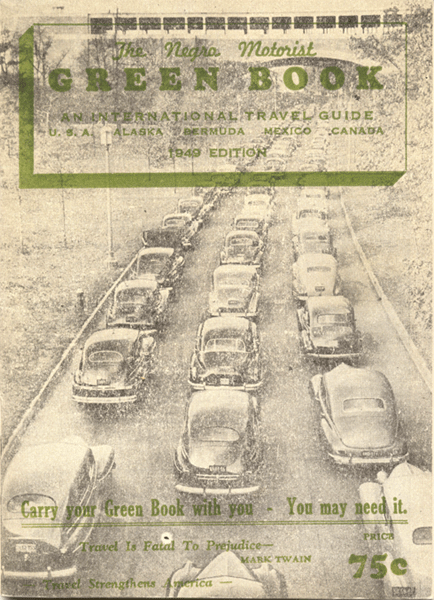 Catching up on my podcasts this weekend, I came across a Talk of the Nation conversation about the "Green Book," a Jim Crow-era guide for the "Negro motorist." It informed readers which lodgings, eateries, barbershops, and nightclubs they could patronize safely, and which would instead expose them to indignities (or worse).
Catching up on my podcasts this weekend, I came across a Talk of the Nation conversation about the "Green Book," a Jim Crow-era guide for the "Negro motorist." It informed readers which lodgings, eateries, barbershops, and nightclubs they could patronize safely, and which would instead expose them to indignities (or worse).The Green Book is in the news thanks to a number of activists, curators, academics, and artists. In recent months, the publication has been the focus of a children's book, a play, and a traveling exhibition.
A little research revealed one extensive scholarly treatment: Cotton Seiler (Dickinson College) has written about the Green Book as evidence of "the multifaceted, often contradictory rhetoric of communal racial uplift and liberal individualism" that "figured around the practice of driving" in the period of its publication (1937-1959). I've also seen discussion of the Green Book in Tom Sugrue's Sweet Land of Liberty. It is a fascinating example of how (some) African Americans claimed their right to travel before Congress and the courts caught up.
You can view a complete copy of the 1949 edition of the Green Book here.
Image credit